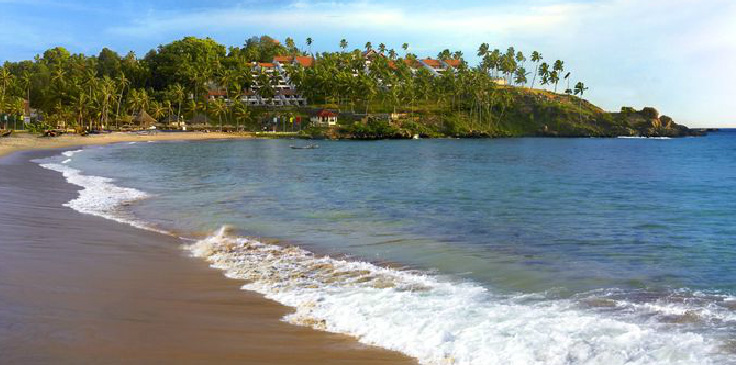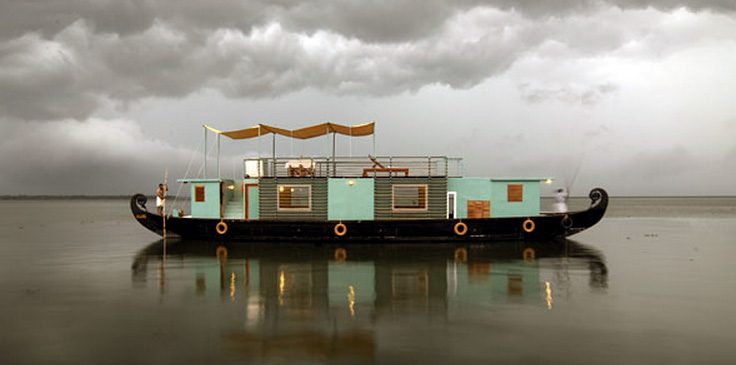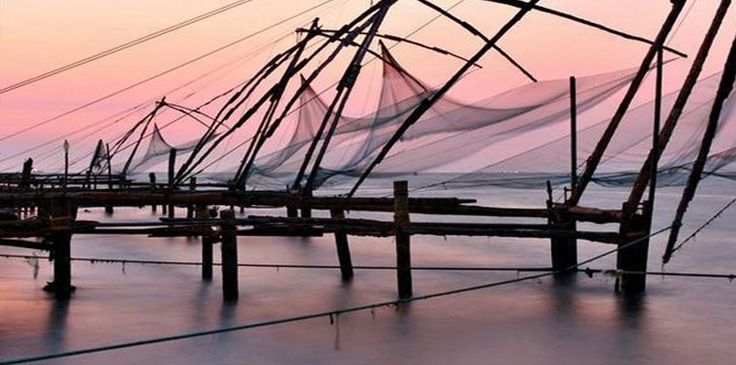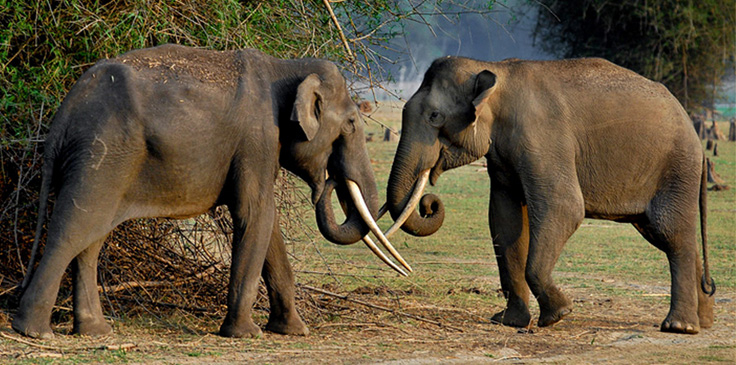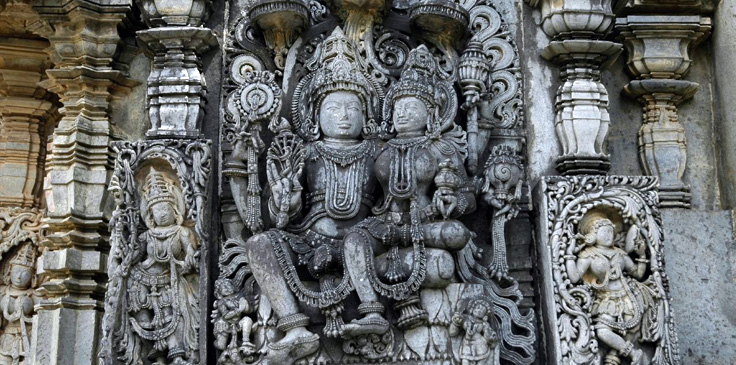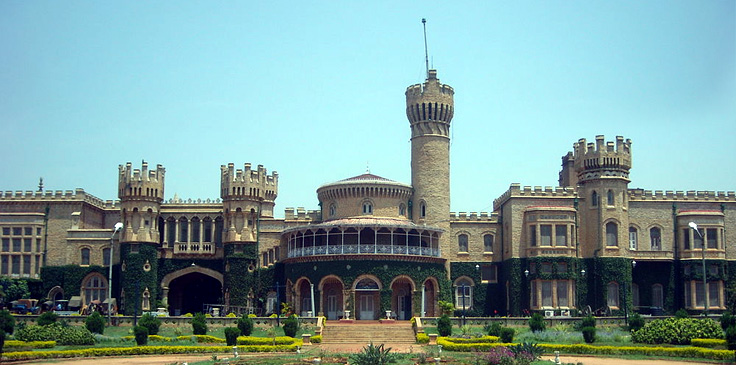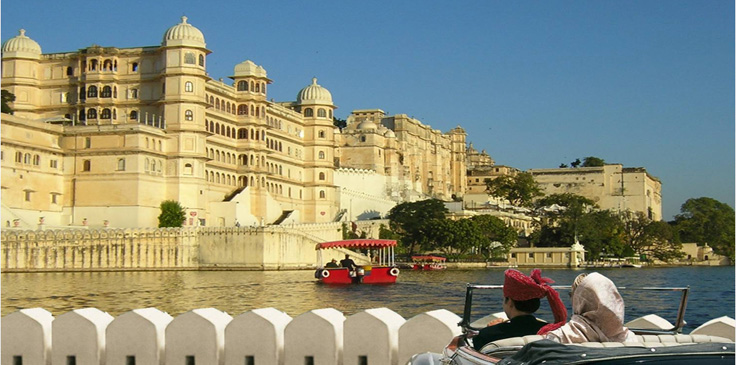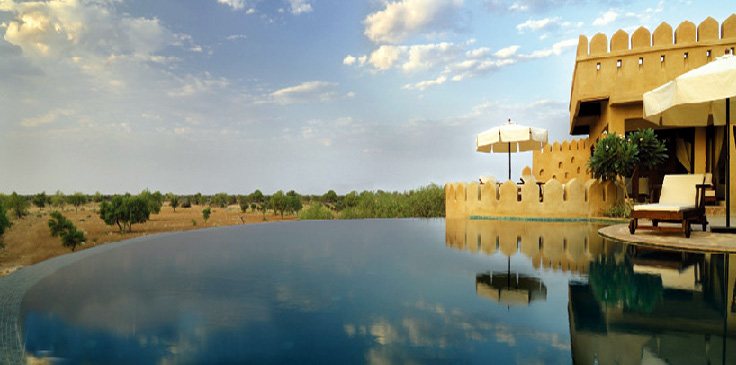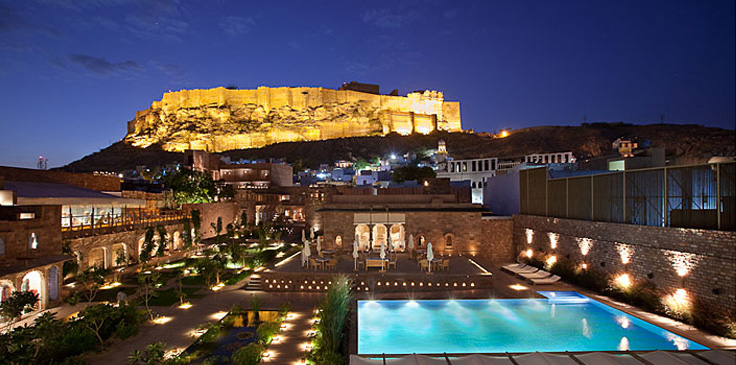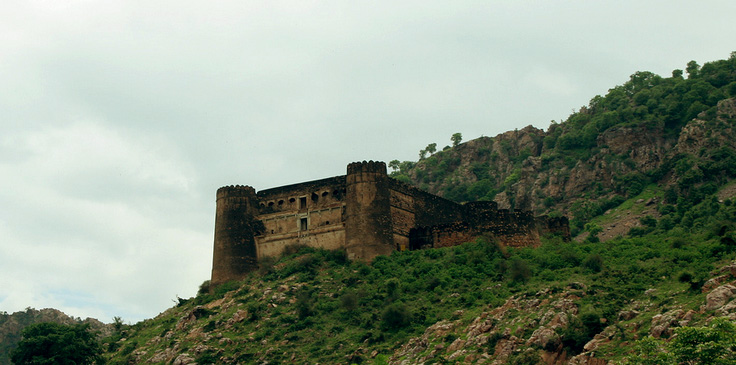
Ajabgarh located in Rajasthan (183 kms from Delhi) is named after its founder Ajab Singh Rajawat, the grandson of Madho Singh, founding ruler of Bhangarh. Moghul Emperor Akbar the Great is said to have stayed in Ajabgarh during the inauguration of Somsagar, a reservoir lake in the hills behind Ajabgarh. Shah Jahan, famed creator of the Taj Mahal, was entertained here at a chhatri erected specially for him by Ajab Singh when the former was passing through this valley to join his son, Aurangzeb, on a campaign against the Maharajah of Orchha. Ajab Singh’s grand-aunt, Jodha Bai of Jaipur was married to Akbar. In the 1930’s, the dam which borders Amanbagh was built. Garh is the Hindi word for fort and in this part of Rajasthan there are three such places i.e Ajabgarh, Pratapgarh and Ramgar,á all named after their founders who were brothers. …
Ajabgarh’s finest present day attractions are the fort and the old temple, dedicated to Shri Raghunathji. Built in 1635 AD, it features a 24-pillared open courtyard and a marble facade. This temple once housed a statue a Lord Rama and the Goddess Sita, bejeweled with precious stones. It was unfortunately stolen. The temple and Ajabgarh fort are connected by an underground passage originally designed for use by the royal ladies so they could enter the temple in complete privacy. The resort in Ajabgarh : Amanbagh is a verdant oasis of mature palm, fruit and eucalyptus trees lying within a walled compound once the staging area for royal hunts. Evoking the palatial elegance of the Moghul era, AmanbaghÆs Haveli Suites and Pool Pavilions provide a tranquil base from which to explore the rich heritage of Rajasthan, IndiaÆs dramatic frontier region. AmanbaghÆs award-winning design features domed cupolas and private courtyards. Excursions to Ajabgarh from Amanbagh can be organized during the day on foot, by camel and horseback, or in the resortÆs open jeeps. During the warmer months, you can travel via camel or open jeep to a candle-lit dinner for two (or more) in a chhatri ruin near Ajabgarh. This overlooks the lake and mountains with the fort perched above. Ajabgarh is located 62.1 KM away from the nearest Airport at Jaipur.
 May 9th, 2012
May 9th, 2012  admin
admin  Posted in
Posted in 
